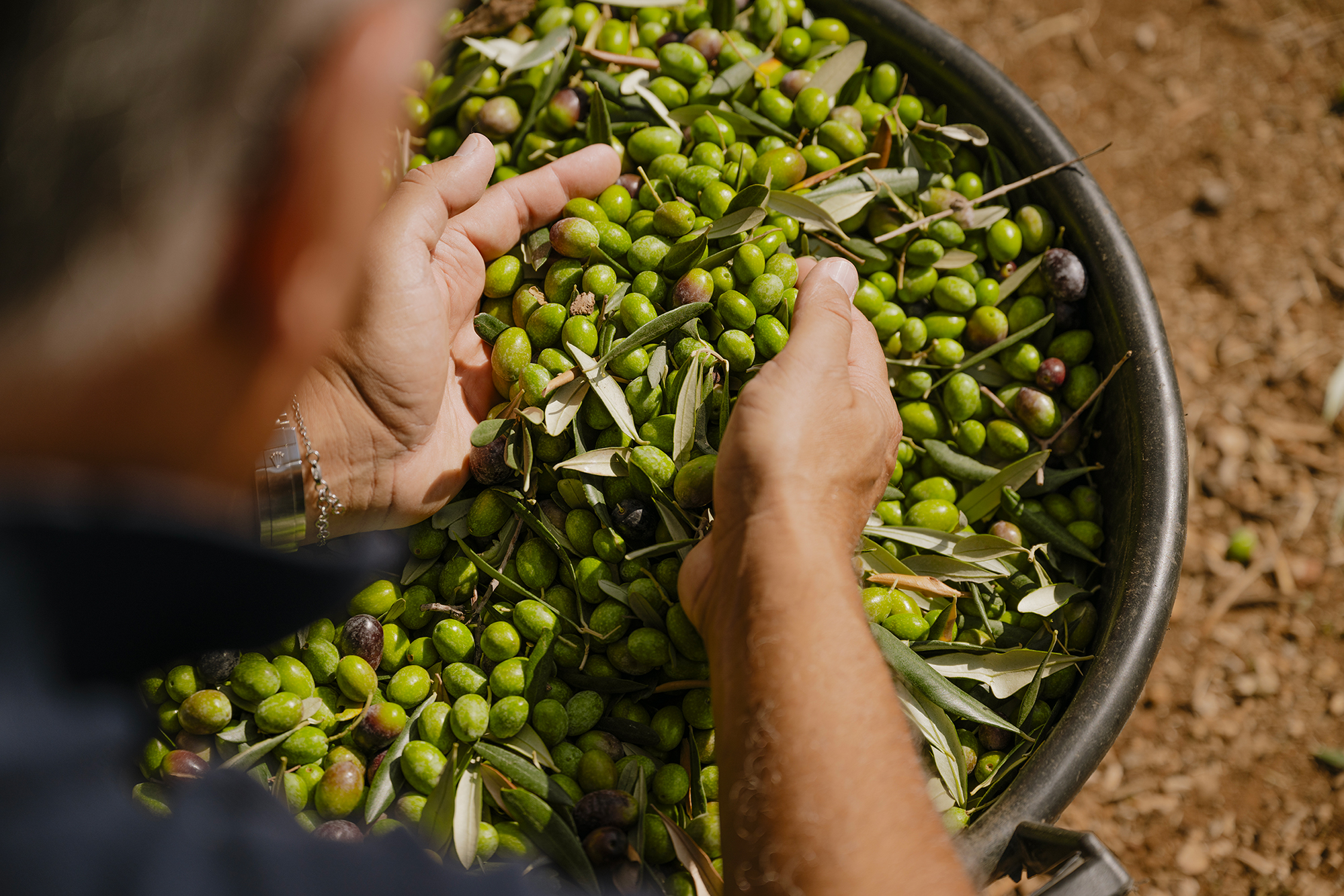Extra virgin olive oil will be short and expensive: an olive oil campaign across the Mediterranean
We must prepare for another oil campaign across the Mediterranean, with low production in Spain, Greece and Turkey.
Italy, Portugal and Tunisia will be saved. Speculation, and probably fraud, will dominate the scene.
The convenience of fraud against extra virgin olive oil is ensured in a historical moment in which prices have reached levels never seen before, previous season stocks are practically zero and there is a hunger for oil, at low cost, all over the world.

It is enough to chat with the Quality Managers of the olive oil companies and some analysis laboratories to find out how many samples of supposedly low-cost extra virgin olive oil are offered every day.
Blends, in some cases sophisticated and in other cases “artisanal”, of vegetable oils that may chemically resemble extra virgin olive oil. Technically it is quite easy to detect fraud in vegetable oils when mixed with extra virgin olive oil. Obviously the fraudsters are counting on inattention, on a lowering of their guard by the authorities, who are more attentive to fighting inflation than fighting for food security.
With another bad oil season across the Mediterranean and a production level that, if all goes well, will be equal to the previous season in the European Union, prices will remain sustained.
Extra virgin olive oil will be short and expensive.
How short is easy to say……
Italy
Italy will produce around 250 thousand tons of olive oil, concentrated, more than usual, in the south, between Puglia (absolute dominator of the Domestic market with 140-150 thousand tons), Calabria and Sicily (each credited with around 30- 35 thousand tons of oil). In short, of the 250 thousand tons of national extra virgin olive oil, 200 thousand will come from just three Regions.
Central Italy and especially the north suffered a lot from adverse weather during the flowering and fruit setting phase, with continuous rain. The drops in production range from 30-35% on the Adriatic coast to 50% in Umbria, to 35-40% in Tuscany (similar percentages also for Lazio and Campania), ending with over 50% drop in Liguria and in Garda Lake.
The operators who expected an olive oil campaign of 300-350 thousand tons were disappointed. Even the figure of 250 thousand tons must be considered provisional, due to the yields (which appear to be decreasing based on the first processing data) and the failed harvest in olive groves with little production and a lot of olive fly infestation.
Spain
In Spain the situation appears even more difficult with the bad weather that has appeared in some provinces with hailstorms after a very dry season.
The September rains give rise to hope for a recovery compared to the forecasts which wanted a repeat of the same olive season as last year but in any case, the production estimate varies from 700 to 750 thousand tons.
Only particularly high yields can give rise to hope for an increase to 800 thousand tons. The area most affected by the drought is Andalusia, from Jaen to Seville and Toledo. Here production is low while the situation appears less compromised in other olive-growing regions, of lesser importance, such as Catalonia or Galicia.
During the summer, the operators expected an even worse olive oil season (there were those who rumored less than 600 thousand tons) but then the olive trees managed to overcome the drought with still a decent load of fruit.
Greece
Greece paid the price of a record olive oil crop last year and will produce 180-200 thousand tons. All the main olive-growing regions are declining, from Crete to the Peloponnese. The latest storms and hailstorms in various areas of the North, Center, and Peloponnese have caused damage and fruit falls. Stocks of extra virgin olive oil are estimated at 15/18,000 tons on Crete and 10,000 tons on the Peloponnese.
Unusually low levels advise millers and traders not to sell even though the price has reached 8.6 euros/kg.
Portugal
Portugal will record a slight recovery compared to last season, to 140 thousand tons, thanks to the new trees that have entered production. However, another disappointing year remains, with the expectation of exceeding 200 thousand tons. There was more rain than in Spain and this saved the harvest.
Tunisia
In Tunisia, it will be a season of 180-200 thousand tons, a slight recovery compared to last year. Fewer olives in the north, the area best suited to quality, and more olives in the central-south of the country. Prices are rapidly aligning with European ones, with the desire to sell at least 150 thousand tons by spring to revive the Tunisian economy in difficulty. An increase in the zero-duty quota for exports to Europe has already been requested, which will probably be granted.
Turkey
Turkey will experience, like Greece, a bad year with a production of 180-200 thousand tons. Not less important, at the moment, there is an embargo on Turkish oil exports, a measure that could be reiterated in the case of low production.
Morocco
Morocco is the eternal olive promise of North Africa, always broken. Production appears stable at 80 thousand tons.
Production in the Mediterranean
In the Mediterranean basin, production should be similar, or slightly lower, compared to the last season. The difference is that stocks are practically zero and amount to no more than 300 thousand tons, a level barely sufficient to cover the first months of the new season when production levels of new oil will be low. This will be the “window” in which we will probably see the greatest speculation, upwards or downwards.
Bets of those who managed to recover the cash flow necessary to purchase batches of oil. It is probable that, in October and early November, even just exchanges for 2-3 flexitank could significantly move prices.




